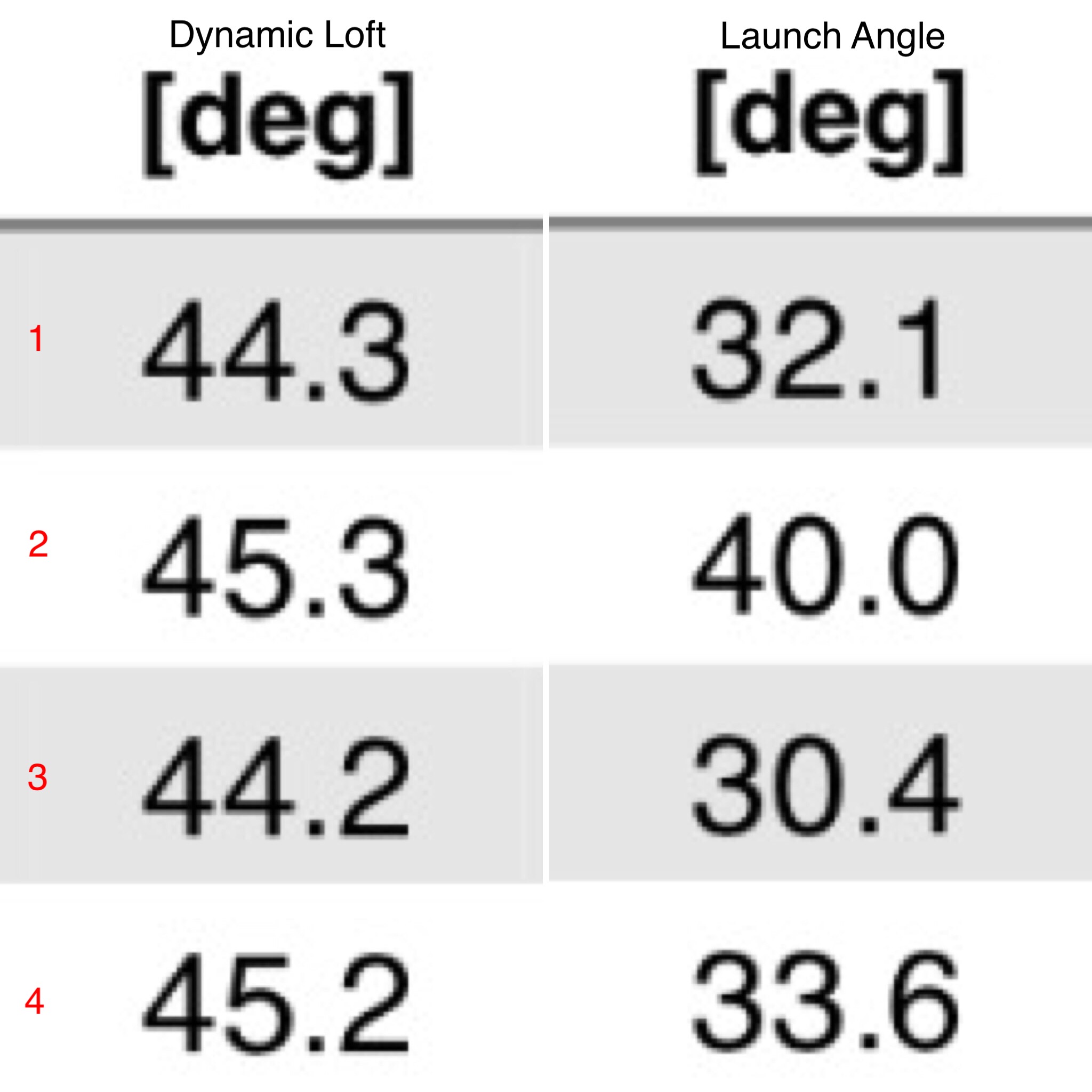Updated Pitching Thoughts (Copy)
/This article is an update on the many pitching and chipping articles I've written over the last few years. Not much has changed since I did the Wedge Project video, but there are certain elements I have a deeper understanding about. Experience and the smart guys at PING have gone a long way towards advancing my understanding. Let's take a look...
Discussing pitching at a Three Day Golf School
Great pitchers typically take little to no divot, flight the ball low and generate high spin rates
Lower trajectory shots are significantly easier to gauge than higher ones
When struck correctly lower trajectory wedge shots will almost always have more spin than higher shots
Most golfers perform better when they deliver 45-ish degrees of loft at impact off a normal fairway. The club they use is irrelevant
The quality of the face to ball interaction (friction) is primary in generating spin and determining the launch angle
The quality of the lie plays a big role in determining the friction generated at impact
Any moisture/matter that gets between the face and ball will typically decrease friction and thus increase launch angle and reduce spin. Control will be also be reduced
I used to say that sand increases friction and that is often the case, but I've found it depends on the 'angularity' of the sand
Cleaning the club face should be done often and with a wet towel - don't use a tee
The primary role of grooves is to disperse moisture and matter from between the face and the ball and NOT generate spin
Older clubs with worn down grooves will typically not spin the ball as much as a fresh wedge (all else being equal)
Premium golf balls, when struck correctly, will always flight lower and spin more than non-premium golf balls (Urethane cover indicates a premium ball)
The optimal technique is primarily based around managing the club to ground interaction
As the player alters trajectory so shall the club to ground interaction change. Lower shots with less loft will often lead to a steeper angle of attack
Controlling what the handle does through impact is integral to controlling the club to ground interaction
I've come to learn that there is no single ideal spin loft to generate the most spin. Each different lie, situation, golf ball and golfer would require their own unique "optimal" spin loft
I've been a proponent of draws for pitch shots, but I've seen too many golfers have success with fades and draws to continue advocating strictly for draws
For stock, and thus lower flighted, shots the bounce plays less of a role than you might imagine
The worst thing to work towards with your wedge play....stay down. Please don't EVER work towards that
I've become a big fan of 'core' distances. Depending on the amount of time you have I'd recommend practicing two or more of these 'core' distances and really taking ownership eg. 30/50/70/90 yards
Incorporate variety and skill development into any and all forms of practice
I have found there to be a multitude of different, and somewhat unusual techniques that work well for certain individuals. A good general guideline that might help:
With the weight slightly favoring the front footy and utilizing a narrow and relatively square stance with the ball positioned centrally, be sure to keep your chest rotating through the strike in order to have the sole of the club skimming/gliding along the turf. Stay tall and keep the chest moving!
All the best.













